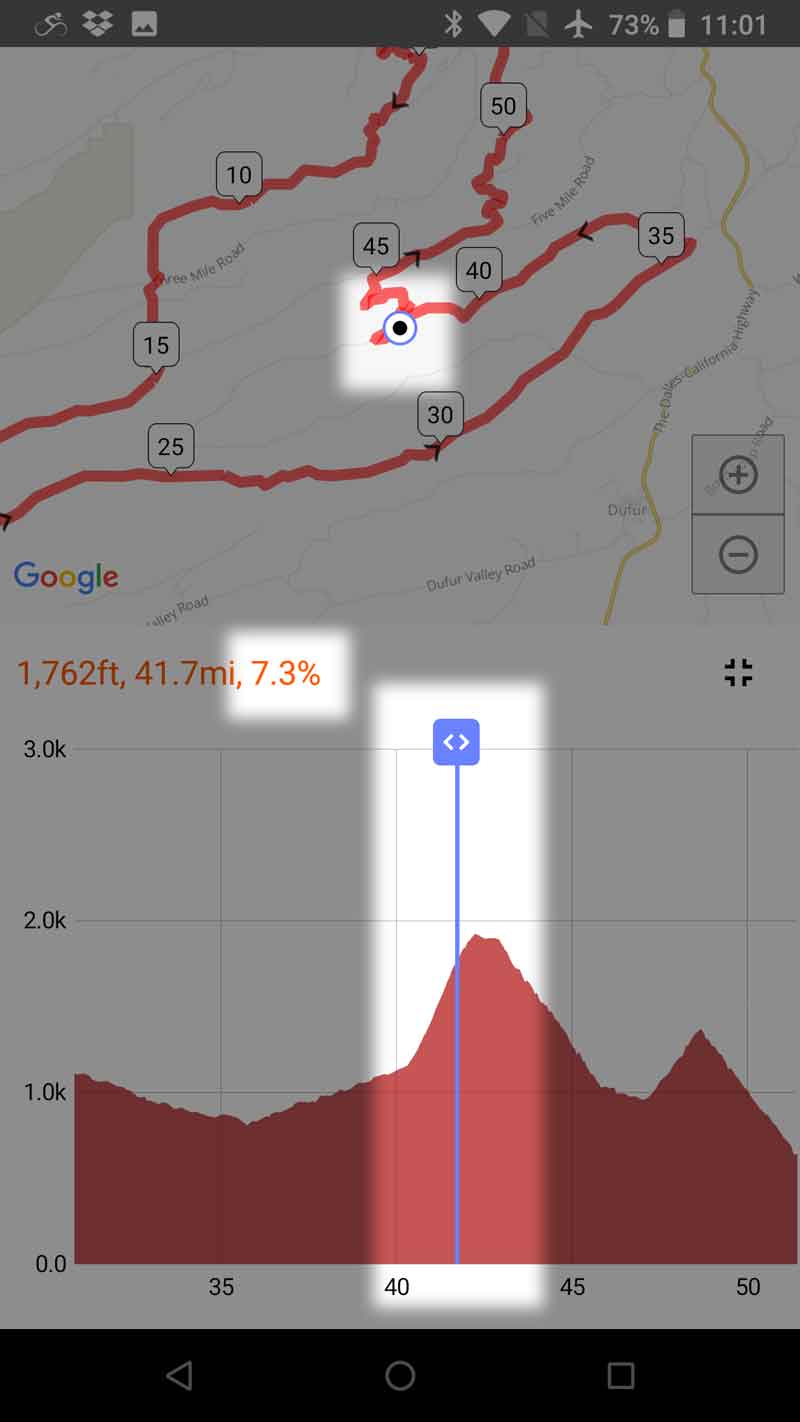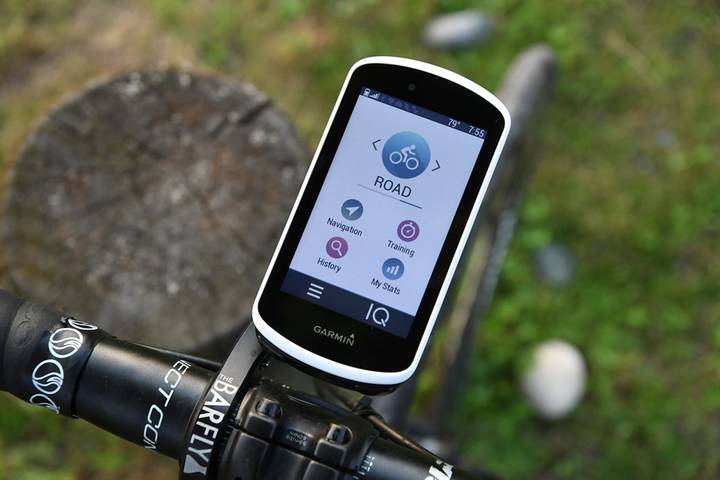
This performance standard assumes the use of a specialized time transfer receiver at a fixed location.

Naval Observatory (USNO) via the GPS signal in space with a time transfer accuracy relative to UTC(USNO) of ≤30 nanoseconds (billionths of a second), 95% of the time. The government distributes UTC as maintained by the U.S. GPS time transfer is a common method for synchronizing clocks and networks to Coordinated Universal Time (UTC). This measure must be combined with other factors outside the government's control, including satellite geometry, signal blockage, atmospheric conditions, and receiver design features/quality, to calculate a particular receiver's speed accuracy. ≤0.006 m/sec over any 3-second interval, with 95% probability. The government provides the GPS signal in space with a global average user range rate error (URRE) of How accurate is GPS for speed measurement?Īs with positioning, the speed accuracy of GPS depends on many factors. The ongoing GPS modernization program will further improve accuracy for civilian and military users. User accuracy refers to how close the device's calculated position is from the truth, expressed as a radius.

To calculate its position, a GPS device measures its distance (range) from multiple GPS satellites. Please report them to the responsible parties using the links in our Address, Route, and Map Problems section.įor help with GPS problems that are not mapping errors, please visit our GPS Service Outages & Status Reports page. government cannot correct mapping errors in consumer devices.
#RIDE WITH GPS ELEVATION ACCURACY SOFTWARE#
In many cases, a device's GPS hardware is working fine, but its mapping software is faulty. Improperly designed devices that do not comply with GPS Interface Specifications.Satellite maintenance/maneuvers creating temporary gaps in coverage.Signals reflected off buildings or walls ("multipath").Satellite signal blockage due to buildings, bridges, trees, etc.Many things can degrade GPS positioning accuracy. Why does GPS sometimes show me in the wrong place? Recent FAA data shows their high quality, single-frequency GPS receivers attaining horizontal accuracy of ≤1.82 m (5.97 ft.), 95% of the time. These can enable real-time positioning within a few centimeters, and long-term measurements at the millimeter level. High-end users boost GPS accuracy with dual-frequency receivers and/or augmentation systems. However, their accuracy worsens near buildings, bridges, and trees. GPS satellites broadcast their signals in space with a certain accuracy, but what you receive depends on additional factors, including satellite geometry, signal blockage, atmospheric conditions, and receiver design features/quality.įor example, GPS-enabled smartphones are typically accurate to within a 4.9 m (16 ft.) radius under open sky ( view source at ION.org). Doesn't the government degrade civilian GPS accuracy?.Is military GPS more accurate than civilian GPS?.How accurate is GPS for speed measurement?.What is the government's commitment to GPS accuracy?.Why does GPS sometimes show me in the wrong place?.


 0 kommentar(er)
0 kommentar(er)
